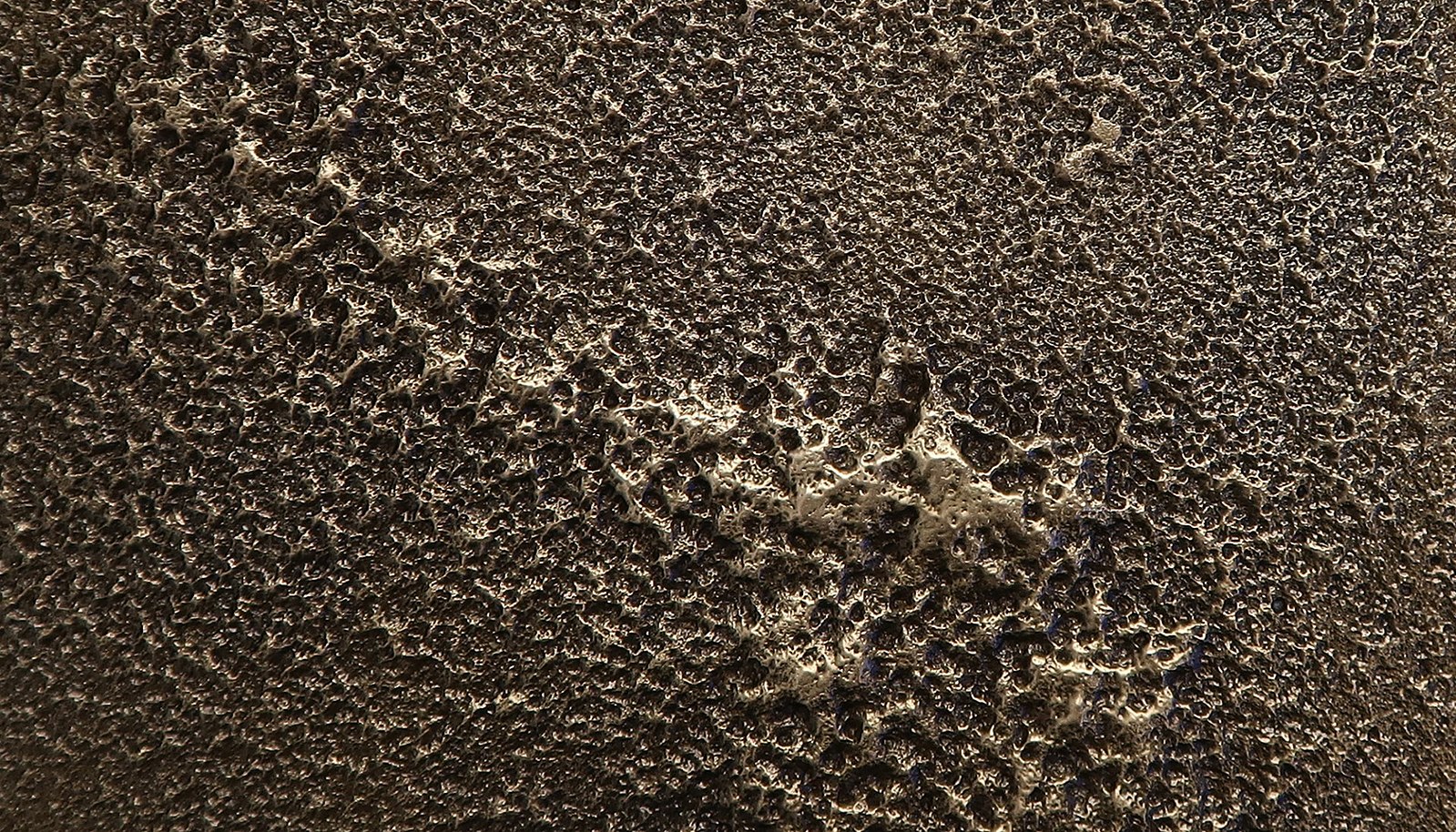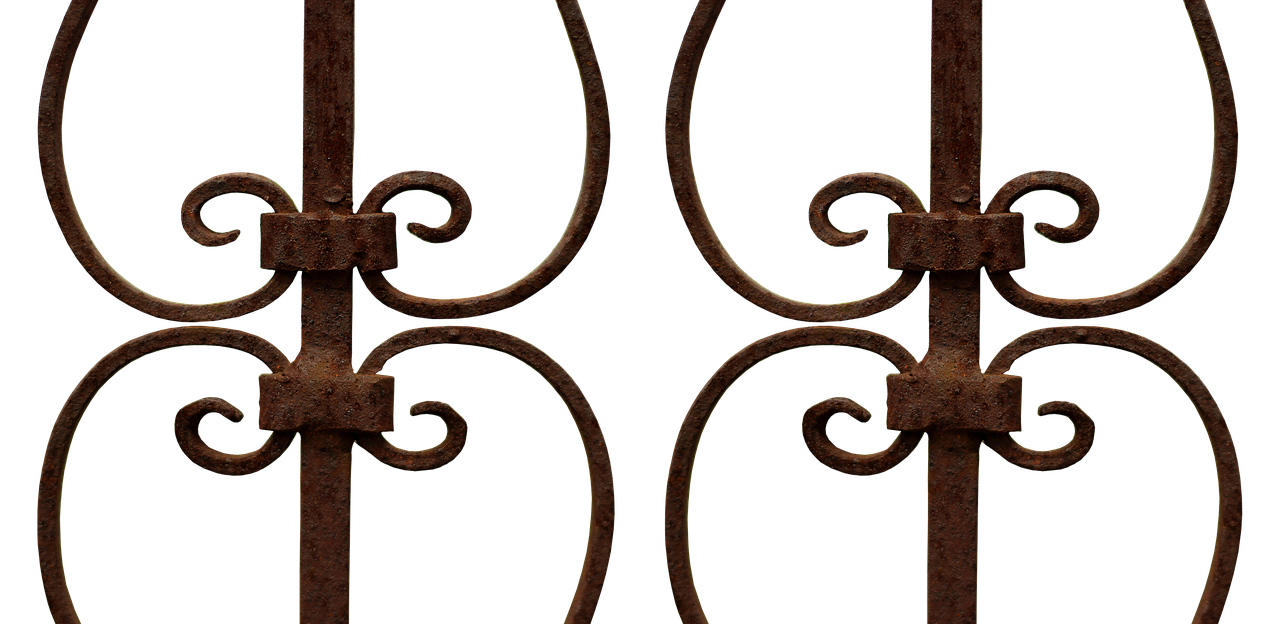Difference Between Cast and Forged
Transforming metal materials has enabled people to come up with different and unique products. There are different methods used to produce metal products in different shapes and sizes, such as casting and forging. Some of the essential factors when choosing the process of transforming metal are;
- Delivery requirements
- The quantity of the material required
- The desired design of the final product
- Tolerances required for a metal part to be produced
- The cost
- Metal specification

What is Cast?
Casting is a process whereby molten metal is injected or poured into a mold containing a cavity that has the desired shape of the casting. It is basically a solidification process; hence the microstructure can be finely tuned. Defects such as segregation, cracks and shrinkage porosity are also linked to solidification. In order to optimize mechanical properties and reduce residual stresses, another heating process is often required.
There are many methods of casting, such as die casting, vacuum process molding, investment casting, and permanent mold. The choice of the method to use affects the strength, appearance and pricing.
Casting has the following advantages;
- The process leads to accurate products
- The process can be used to form a very large structure which is impossible to form by use of other methods
- Forms structures that have a high compressive strength
- It can be used to obtain a wide range of properties
Casting, however, has some disadvantages
- It requires close process inspections and controls
- It has defects such as cracks, shrinkage porosity, oxides, and insufficient volumes

What is Forged?
This is the process of converting metal into the desired shape by applying pressure, which can be done with or without heat. It can be done using several methods including;
Hot forging- Here, the metal is heated before applying pressure. It can either be done through closed die forging, open die forging and roll forging.
- Closed die forging/ impression die forging- Used for forging small components.
- Open die forging/ free forging- Mostly used to produce large metal parts in simple shapes.
- Roll forging- Used for shaping round shaped parts like rings.
Cold forging – This is used to mold items into the required shapes under room temperature, and is more suitable for small precision parts such as bolts.
Advantages of using the forging method are;
- It produces tougher products
- It produces products with a high tensile strength
- Handles impact well
- It has great wear resistance because of the tight grain structure
It, however, has a few disadvantages
- Usually more expensive compared to other methods
- Multiple steps required to obtain the desired end product
- Defects such as laps, piping and die failure may prevail
- Shapes are limited when cored sections or undercuts are required
Similarities between Cast and Forged
- Both alter shapes and form of metals to produce a more finished product.
Differences between Cast and Forged
-
Definition of Cast vs. Forged
Casting is a metalworking process where the metal is first heated to a melting point, then poured into a mold to obtain the desired shape. Forging, on the other hand, is a process whereby compressive forces are used on the solid material in order to achieve desired shapes.
-
Compressive Strength of Cast and Forged
The product produced through casting has high compressive strength while the product produced through forging has low compressive strength.
-
Size Restrictions
In casting, the metal is heated until it converts to molten stage hence does not have any limitation on the size or shape of the required product. In forging, however, the metal is molded with or without heat, hence is not ideal for large and heavy materials.
-
Fatigue Strength
While casting produces products with low fatigue strength, forging produces products with high fatigue strength.
-
Tensile Strength
In casting, the end product has a low tensile strength as the material is poured into a cavity which lets the material take its shape. Forging, on the other hand, produces high tensile products as they process a definite grain structure which is pressed with force, hence increasing the mechanical strength.
-
Patterns and Shapes
Casting is able to produce complex patterns and shapes hence end product is not always uniform while forging produces simple and uniform products which can be made to a uniform structure.
-
Pricing for Cast and Forged
Casting is the cheapest way of producing a shape with certain desired properties. On the other hand, although forging refines any defects, it is more expensive.
Cast vs. Forged: Comparison Table

Summary of Cast vs. Forged
Choosing the method to create the best-finished product possible depends on what the component will be used for, hence any of the cast and forged methods may be used. The decision on which method to use would be made putting into consideration factors such as product size, required shapes, and the estimated cost. Both of these methods are important as they allow diversity in the metal molding business.
- Difference Between Profit Center and Investment Center - July 2, 2022
- Difference Between Anti-Trust and Anti-Competition - June 6, 2022
- Difference Between Stocktaking and Stock Control - June 6, 2022
Search DifferenceBetween.net :
Leave a Response
References :
[0]Stevens Thomas & Blair Malcolm. Steel Castings Handbook, 6th Edition. ASM International, 1995. https://books.google.co.ke/books?id=QG3_QqmPZ_AC&pg=SA3-PA17&dq=difference+between+cast+and+forged&hl=en&sa=X&ved=0ahUKEwjf047RjObeAhUNLewKHeCPAbcQ6AEIKDAA#v=onepage&q=difference%20between%20cast%20and%20forged&f=false
[1]Jayendran Ariacutty. Mechanical Engineering: Grundlagen des Maschinenbaus in englischer Sprache. Springer Science & Business Media Publishers, 2007. https://books.google.co.ke/books?id=Ozn_Czyt5rkC&pg=PA196&dq=difference+between+cast+and+forged&hl=en&sa=X&ved=0ahUKEwjum5PsxubeAhUiy4UKHY6SDZc4FBDoAQg0MAI#v=onepage&q=difference%20between%20cast%20and%20forged&f=false
[2]Shepard Larry. How to Hot Rod Small-block Mopar Engines. Penguin Publishers, 1989. https://books.google.co.ke/books?id=-csSm0XLQ1YC&pg=PA33&dq=cast+and+forged&hl=en&sa=X&ved=0ahUKEwjj_oL9x-beAhUQzIUKHcGNDVYQ6AEIRDAF#v=onepage&q=cast%20and%20forged&f=false
[3]Image credit: https://pixabay.com/en/metal-forged-old-ornament-art-2652574/
[4]Image credit: https://commons.wikimedia.org/wiki/File:Cast_Metal.jpg
